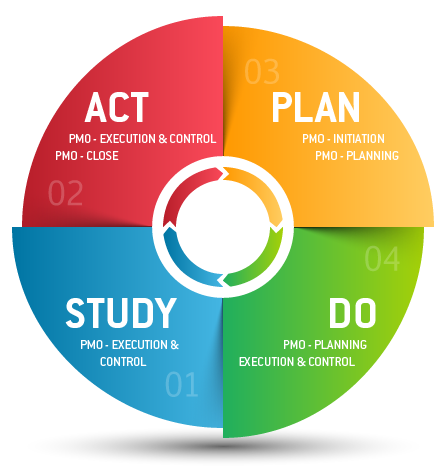We help you manage your projects
Juggling IT projects across teams, departments and division is complex. A siloed approach to IT development, solution selection, deployment, and integration wastes resources—and often achieves sub-optimal results.
For example: If an ERP and a CCM are implemented concurrently and not managed in an integrated way, users will experience issues down the road. If a multichannel marketing automation solution and a CRM platform aren’t deployed in a coordinated fashion, your organization won’t benefit to the extent that it could.
Choosing solutions that work well together, and overseeing their roll-out in a holistic way, is what the JR GROUP Project Management Office (PMO) is all about.
PMO services are performed by team members with specialized skills, including:
- Database development/data warehousing
- Communication
- Integration
- System architecture
- Process development/process management
The result of this contextual approach to IT management is full visibility of status from implementation of requirements and general infrastructure, to deployment, to ongoing support. JR GROUP serves as a channel in which all project participants collaborate, and are ultimately held accountable for their part of the project. We’re the robust buffer entity the project owner can rely on to inform critical decision making before, during and after implementation.
